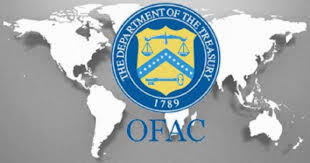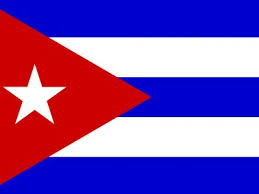Applying OFAC’s Sanctions Enforcement Guidelines to Determine A Civil Monetary Penalty (Part II of II)

In yesterday’s posting, I examined the General Factors identified by OFAC to determine whether to initiate a civil penalty proceeding and the amount of any civil monetary penalty. After analyzing these factors, OFAC determines the base penalty using a formula that depends on whether (a) the company voluntarily disclosed the matter; and (b) whether the violations are “egregious” or “non-egregious.”
1. Egregious case. OFAC determines whether a case is “egregious” by analyzing the applicable General Factors with substantial weight be given to General Factors A (“willful or reckless violation of law”), B (“awareness of conduct at issue”), C (“harm to sanctions program objectives”) and D (“individual characteristics”), with particular emphasis on General Factors A and B.
The penalty amount shall generally be calculated as follows, except that neither the base amount nor the proposed penalty will exceed the applicable statutory maximum amount.
In an egregious case, if the apparent violation is disclosed through a voluntary self-disclosure by a subject, the base amount of the proposed civil penalty shall be one-half of the applicable statutory maximum penalty applicable to the violation(s).
In an egregious case, if the apparent violation comes to OFAC’s attention by means other than a voluntary self-disclosure, the base amount of the proposed civil penalty shall be the applicable statutory maximum penalty amount per violation.

2. Non-Egregious case. In a non-egregious case, if the apparent violation is disclosed through a voluntary self-disclosure by the subject, the base amount of the proposed civil penalty half of the transaction value, capped at a maximum base amount of $151,292 per violation (except where the statutory maximum penalty is less than $302,534, in which case the base amount shall be capped at one-half the statutory maximum penalty).
In a non-egregious case, if the apparent violation comes to OFAC’s attention by means other than a voluntary self-disclosure, the base amount of the proposed civil penalty shall be the “applicable schedule amount,” as defined above. For apparent violations where the statutory maximum penalty applicable to the apparent violation is $302,534 or greater, the maximum base amount shall be capped at $302,534.
The base amount of the proposed civil penalty can be adjusted to reflect the General Factors, each of which can constitute a mitigating or aggravating factor, resulting in a higher or lower penalty.
In cases where a subject provides substantial cooperation but did not voluntarily disclose, the base penalty will be reduced between 25 and 40 percent. Substantial cooperation in cases where the subject voluntarily disclosed will result in a further reduction of the base penalty.

In cases involving a first violation, the base penalty will be reduced up to 25 percent (if the subject has not received a penalty notice of finding of violation from OFAC in the five years preceding the date of the transaction involved in the violation). If the prior violation involved conduct of a “substantially different nature,” OFAC may consider the violation at issue a “first violation.”















